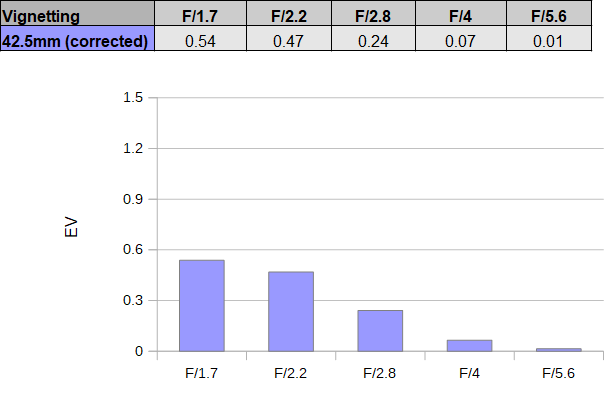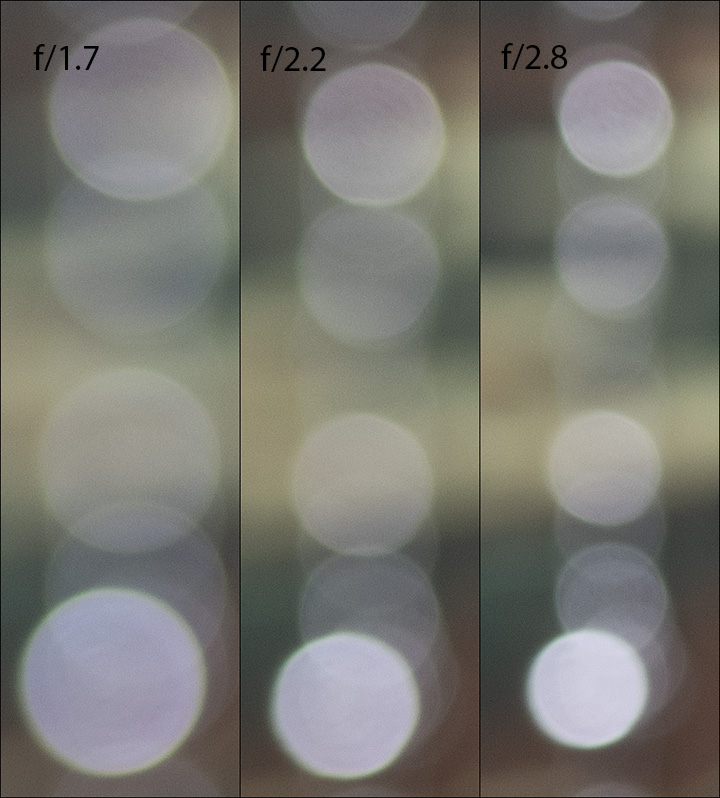by Klaus Schroiff, published July 2020
Introduction
As of the time of this review, the Micro-Four-Thirds (MFT) world is in a bit of turmoil about the future of Olympus – and some odd YouTubers are questioning whether the system has still a place in the industry at all. It may then be the right time to remind those skeptics – once again – that the system has aspects that no other current system provides. That’s primarily a small package size and low weight. Now you may argue about “equivalency” here but fact remains that the sheer number of compact lenses remains unmatched by quite a margin. And one of them is the Panasonic Lumix G 42.5mm f/1.7 ASPH Power OIS with its size of just 55x50mm and a weight of merely 130g. It’s a medium tele lens with a wide variety of applications from portraits to street photography and even landscapes. The regular pricing is at 399EUR/USD. However, it’s not a brand new lens anymore and you should be able to find it for at least 50EUR/USD less than that.
The lens construction is simple yet very decent thanks to a metal body and a smoothly operating focus ring. There is no sealing against the elements. However, with no moving outer parts (nor any buttons), the lens should be reasonably safe unless it starts raining cats and dogs. Curiously, Panasonic does not only include a barrel-shaped lens hood but also a decoration ring. This ring can be mounted on the filter thread to … well … hide the thread – that’s what you call attention to detail. It’s also worth noting that the filter diameter is just 37mm thus it’s about as small as it gets.

The AF is swift and, of course, noiseless. Manual focusing works “by-wire” thus you are driving the focus motor when turning the focus ring. The mechanism is very precise. Panasonic also incorporated its “Power OIS” image stabilizer. We haven’t found any official figures but a gain around 3 f-stops seems to be possible and it’s probably more than that on Panasonic cameras with Dual-IS support.
| Specifications | |
|---|---|
| Equiv. focal length (full-format) | “90mm” (in terms of field-of-view) |
| Equiv. aperture (full-format) | “f/3.4” (in terms of depth-of-field) |
| Optical construction | 10 elements in 8 groups inc. 1x aspherical element |
| Number of aperture blades | 7 (rounded) |
| min. focus distance | 0.31m (max. magnification 1:5) |
| Dimensions | 55x50mm |
| Weight | 130g |
| Filter size | φ37mm |
| Hood | barrel-shaped (bayonet mount, supplied) |
| Other features | decoration ring |
| Mount | Micro-Four-Thirds |
Distortion
Image distortions are usually auto-corrected in the micro-four-thirds system. At just ~0.2% the remaining barrel distortion is basically unnoticeable. When looking behind the scenes (unaltered RAW files) the original characteristic is still quite decent with a barrel distortion of ~1.2% indicating that side-effects of the image correction will be minimal.


Vignetting
Auto-correction is also keeping vignetting at bay. The corrected light-falloff is very moderate (~0.5EV) at f/1.7 and it improves from there, of course.

MTF (resolution)
The resolution of the Panasonic Lumix G 42.5mm f/1.7 ASPH Power OIS is high with no major weakness. The center quality is excellent straight at f/1.7 and the outer image field is on a good to very good level. Stopping down results in a slight increase in quality until reaching a peak between f/2.8 and f/4 where the borders/corners are easily very good. Beyond diffraction is the limiting factor although you won’t really notice a substantial decrease in quality until past f/8.
The field curvature is very low. The centering quality of the tested sample was very good.
Please note that the MTF results are not directly comparable across the different systems!
Below is a simplified summary of the formal findings. The chart shows line widths per picture height (LW/PH) which can be taken as a measure of sharpness. If you want to know more about the MTF50 figures you may check out the corresponding Imatest Explanations.

Chromatic Aberrations (CAs)
Lateral CAs are very well-controlled at 0.2px or less at the image borders. This isn’t relevant anymore in real life.

Bokeh
The Panasonic Lumix G 42.5mm f/1.7 ASPH Power OIS can’t excel regarding depth-of-field capabilities due to the relatively small sensor. However, it’s still possible to achieve a decent amount of object separation so let’s have a look at whether it can deliver a quality bokeh.
Out-of-focus highlights are nicely rendered as you can see below. The inner zone of the discs isn’t perfectly clean but it comes close. There’s also no outlining to speak of and the discs are perfectly circular even at f/2.8.

The discs may be circular in the center but they ALWAYS deteriorate towards the image corners due to mechanical vignetting from the lens barrel. You may spot the usual “cat eyes” in the far image corners in the example below. That being said – the effect is comparatively moderate. Stopped down to f/2.2 the “good zone” broadens although the corner highlights look less natural at this setting. This trend continues at f/2.8.



The general rendering in the focus transition zones is silky in the image foreground (shown to the right below). The more interesting background (to the left) is, unfortunately, a little harsher at high contrast transitions.

Sample Images
Competition
Given the myriad of Micro-Four-Thirds lenses it’s not surprising that there are many options in this specific lens class as well. There’s, of course, the Olympus M.Zuiko 45mm f/1.8 (center below). Basically whenever Panasonic is releasing a lens, Olympus will follow with a similar offer – and vice versa. It’s a bit strange that they have always played this game. In this case, we’d give the edge to the Panasonic lens though. Besides having an image stabilizer, it’s also sharper. Another interesting lens is the Sigma 56mm f/1.4 DC DN (to the right). We were pretty impressed in our related Sony E-mount review and it’s both a bit faster as well as longer which in turn helps in shallow depth-of-field scenes. However, it’s also bigger, heavier, and has no image stabilizer either. Still, it’s worth a thought.

Visual comparison courtesy of camerasize.com.


